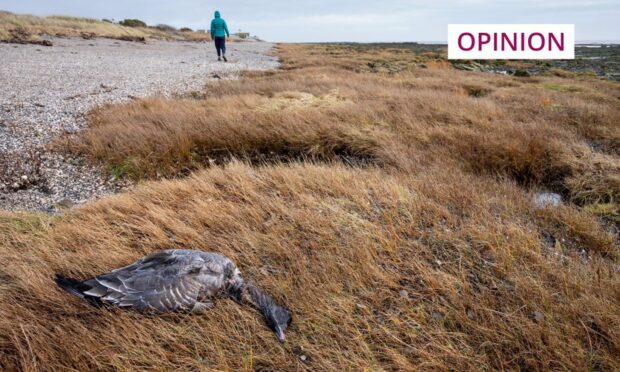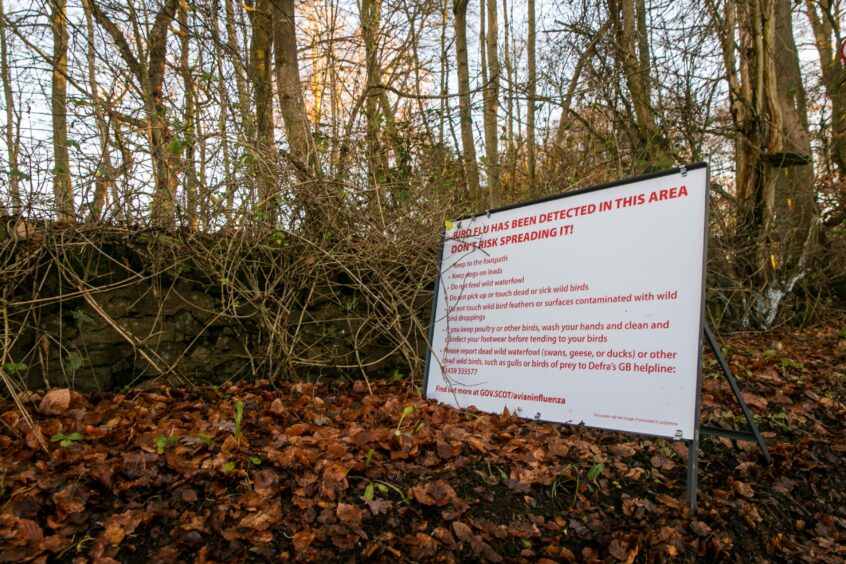It says a lot about the challenges facing society in Scotland that a bird flu outbreak so serious it threatens the very survival of some species has been able to fly so far under the radar.
It’s a point underlined yesterday by a new NatureScot report into the unfolding avian flu crisis.
The document is a troubling read, setting out the scale of the threat posed to wild birds.
Barnacle geese, which migrate from Norway to Scotland, are among the worst hit by bird flu.
More than 13,000 are estimated to have died since the virus was first detected within their number in the autumn of 2021.
That figure means one-third of the known barnacle geese population has been wiped out in just 18 months.
And they are far from alone. Geographically separate barnacle geese populations have also been hit by bird flu in Scotland. And other seabird species and birds of prey are affected.
With the spread of the virus difficult to control once it has established itself in a bird population, there are concerns some species may be wiped out altogether by the outbreak.
Bird flu in Scotland would be best managed with long-term conservation measures to safeguard the most vulnerable species, plus better surveillance, demographic monitoring, and more research, according to a report for @nature_scot.#BirdFlu #AvianFluhttps://t.co/2UdSNhTLOt
— The Roslin Institute (@roslininstitute) April 11, 2023
That is a terrible prospect and one that deserves attention at the top table of Scottish life.
First Minister Humza Yousaf has much on his plate. But the NatureScot report is not something that can be ignored.
Scotland’s magnificent wildlife is an asset to the nation.
In good times and bad, that asset must be given the due care and attention it richly deserves.












Conversation